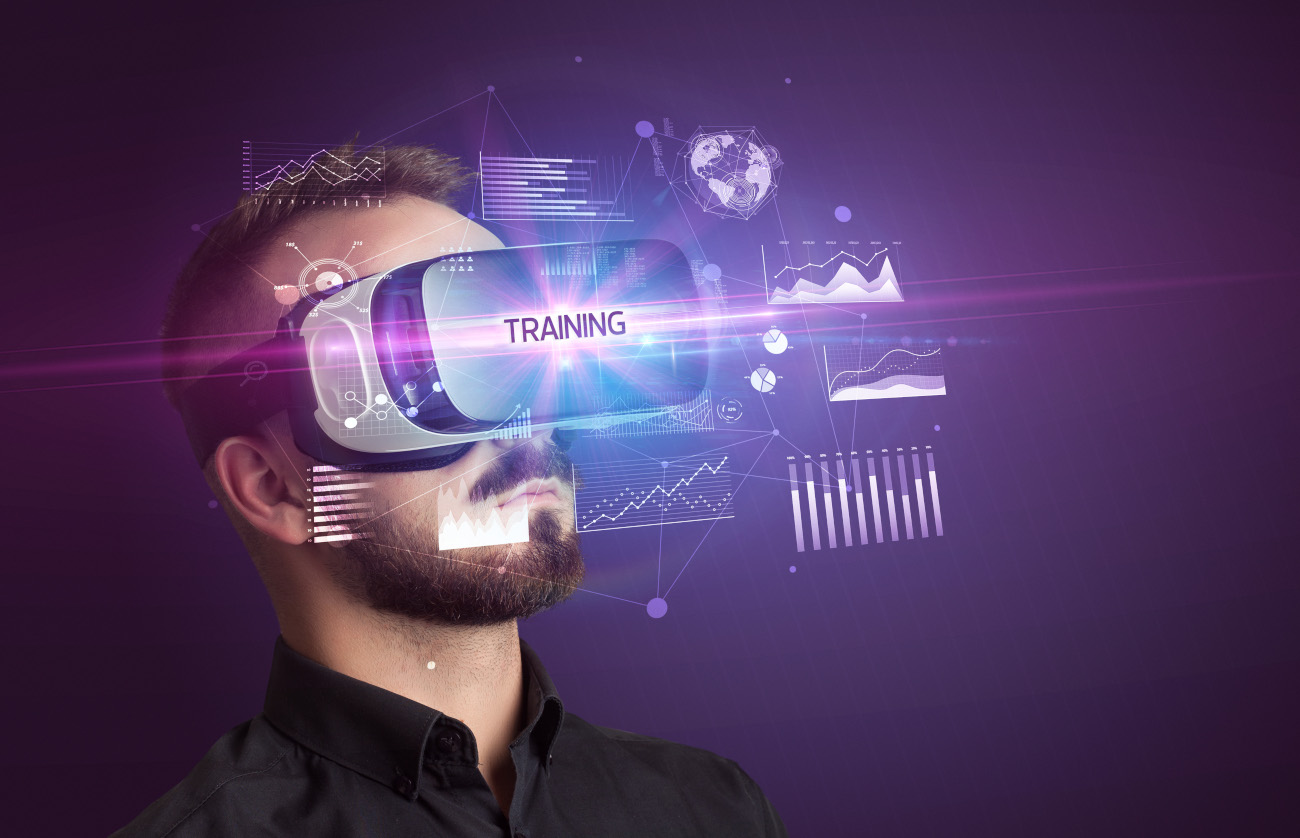Immersive learning experiences are becoming more common in employee training. The term refers to learning that uses simulated or artificial environments. Learners can immerse themselves in a realistic situation, allowing them to develop skills that they can use on the job. This is especially valuable because it gives the trainee an opportunity to gain hands-on experience without any risk.
Many LMSs have expanded to offer immersive learning experiences. These platforms make it easier to implement this type of learning. Try the following methods to make your training program more immersive.
Start Using Virtual Reality in Your Training
If you aren’t using virtual reality (VR) yet, now is the time to get started. VR helps learners dive into scenarios and interactions, creating a lifelike visual and audio experience. Today’s technology is extremely versatile. You can create different immersive experiences based on specific activities and job roles.
Alternatively, some businesses use augmented reality (AR). This technology uses the existing environment and adds layers of computer-generated information. For example, text or images can pop up on top of real scenes to provide an explanation, instruction, or illustration.
AR works much like the popular mobile game Pokemon Go. In the game, the mobile device shows video of the real world with animated characters overlayed on top. The app makes it look like the creatures are a part of the real world when viewed through the screen.
Use Real-Life Examples with Emotional Relevance
Emotional relevance is necessary to have a strong impact on learners. Using real-life examples will prepare the learner for their job role.
Reading text or watching a video can be informative, but it may not hold the same weight when it comes to conveying the human side of an interaction. Immersive learning experiences help the learner perfect their skills and understand human emotions and reactions.
Understanding emotional reactions is helpful for job roles that interact with the public, like customer service.
Let the Learner Make Decisions to See Outcomes
You should let the learner control the direction of the immersive experience. Let them make decisions and see where that leads them. For example, a scenario can include a confrontation with a customer or coworker. The learner can make choices to see the results.
Make sure all options are feasible, so the learner is forced to really consider their options and possible outcomes. This will make them more adept at handling interactions at work.
Present Multiple Perspectives for Context
Some workers know their jobs well but may not understand how what they do affects their coworkers. Immersive learning experiences can be used to provide context through other perspectives.
Let learners work through a scenario from their job role’s perspective and then present the same interaction from the perspective of those around them. This can help workers avoid actions and behaviors that negatively impact those in other job roles.
Turn Immersive Learning into a Game
Gamification is a popular feature in many learning management systems. Turning an educational experience into a game is engaging. It holds the learner’s interest for longer and encourages them to improve through leaderboards and scores.
Many people are accustomed to playing video games today, making them more comfortable with game-based learning.
You can implement this method as part of your immersive experience. Award points for successfully handling a scenario that can be used to buy rewards or earn badges that are displayed on employee profiles. A point system translates the learner’s progress into an easy-to-understand quantity.
Create 360-Degree Videos to Surround Learners
360-degree videos are also referred to as immersive videos. These are recordings that present a view in every direction. They are filmed with an omnidirectional camera or multiple cameras. The viewer can look around to see the video like a panorama.
This method is ideal when you want the user to become familiar with a location. It shows all sides, creating a perspective that’s much like real life. It could be an outdoor space like a scenic vista or an indoor space like the interior of an office building or warehouse.
A 360-degree video is different from VR or 3D content because it lacks depth. A 360-degree video can be watched on a VR headset, but it is limited. The user cannot move beyond the setting in the video. It also lacks the interactions that VR can provide.
While it may be more limited compared to true VR, 360-degree videos can still be used as effective immersive learning tools.
Lean Toward Visual Content Over Text
Immersive learning experiences should be highly visual. If you want to optimize results, you should include more actions and graphics over text descriptions and instructions. Learners are more likely to retain information when they see it rather than just reading about it.
Visual environments are also more engaging and interesting. The learner will be less likely to become bored with the material.
Immersive learning experiences are a valuable addition to your training program. They improve employee skill sets and help increase retention rates. Check out LMS.org to find learning management systems that support the tools you need to build immersive experiences for your trainees.







